
A nova is a star experiencing a sudden increase in brightness and slowly returning to its original state, a process that could last many months. Such an outburst, which releases an immense amount of energy, is the result of the accretion process in a close binary system containing a white dwarf and its companion. Studying novae is crucial in advancing our knowledge about fundamental astrophysical processes, including stellar evolution.
AT 2023prq (other designation ZTF23aaxzvrr) was detected by the Zwicky Transient Facility (ZTF) on August 15, 2023, in the halo of the Andromeda galaxy (or Messier 31, M31). It had an r′-band magnitude of 17.13 and shortly after its detection, follow-up observations of this nova commenced in order to get more insights into its properties.
Astronomers Michael Healy-Kalesh and Daniel Perley from the Liverpool John Moores University in Liverpool, UK, were among the first to observe AT 2023prq after it was identified. They used the Liverpool Telescope (LT) and various other ground-based facilities to monitor the nova until the end of August 2023.
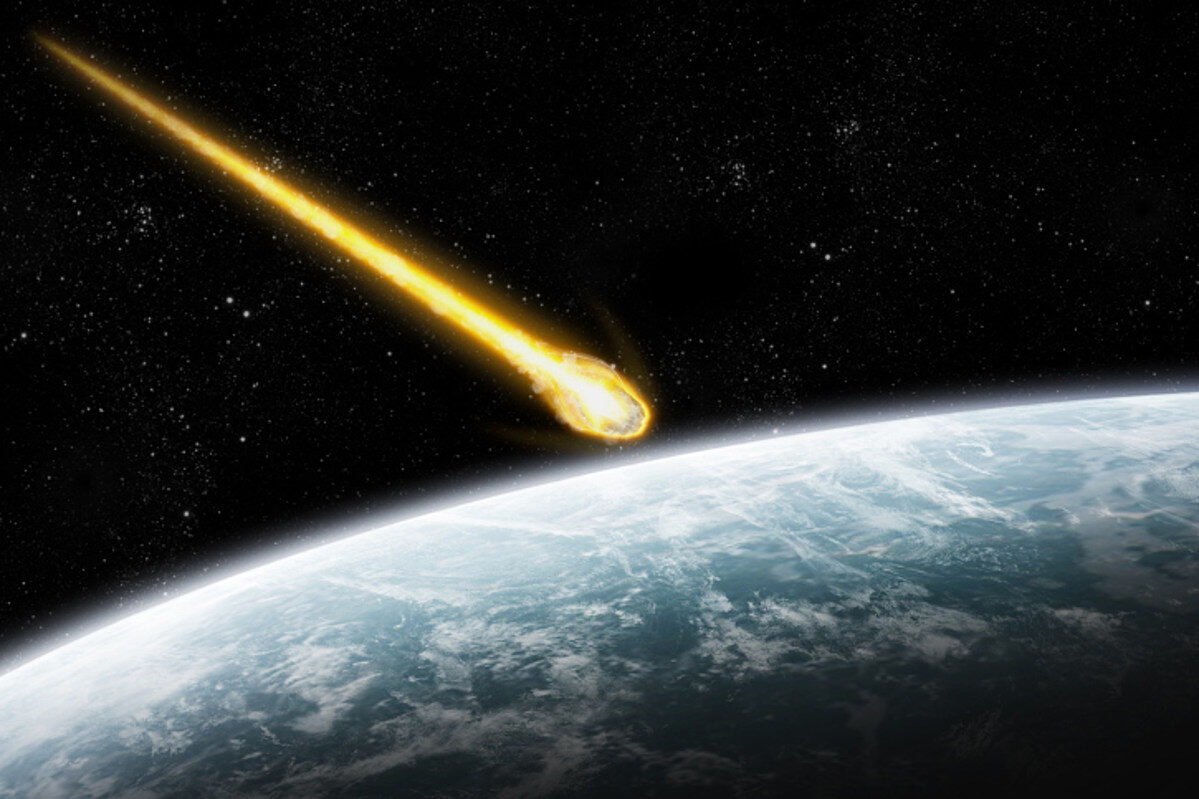
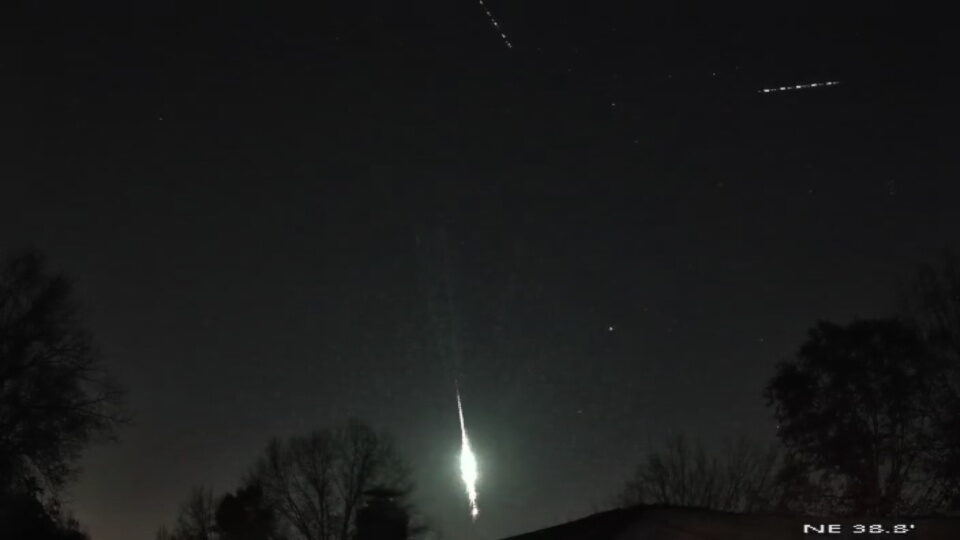
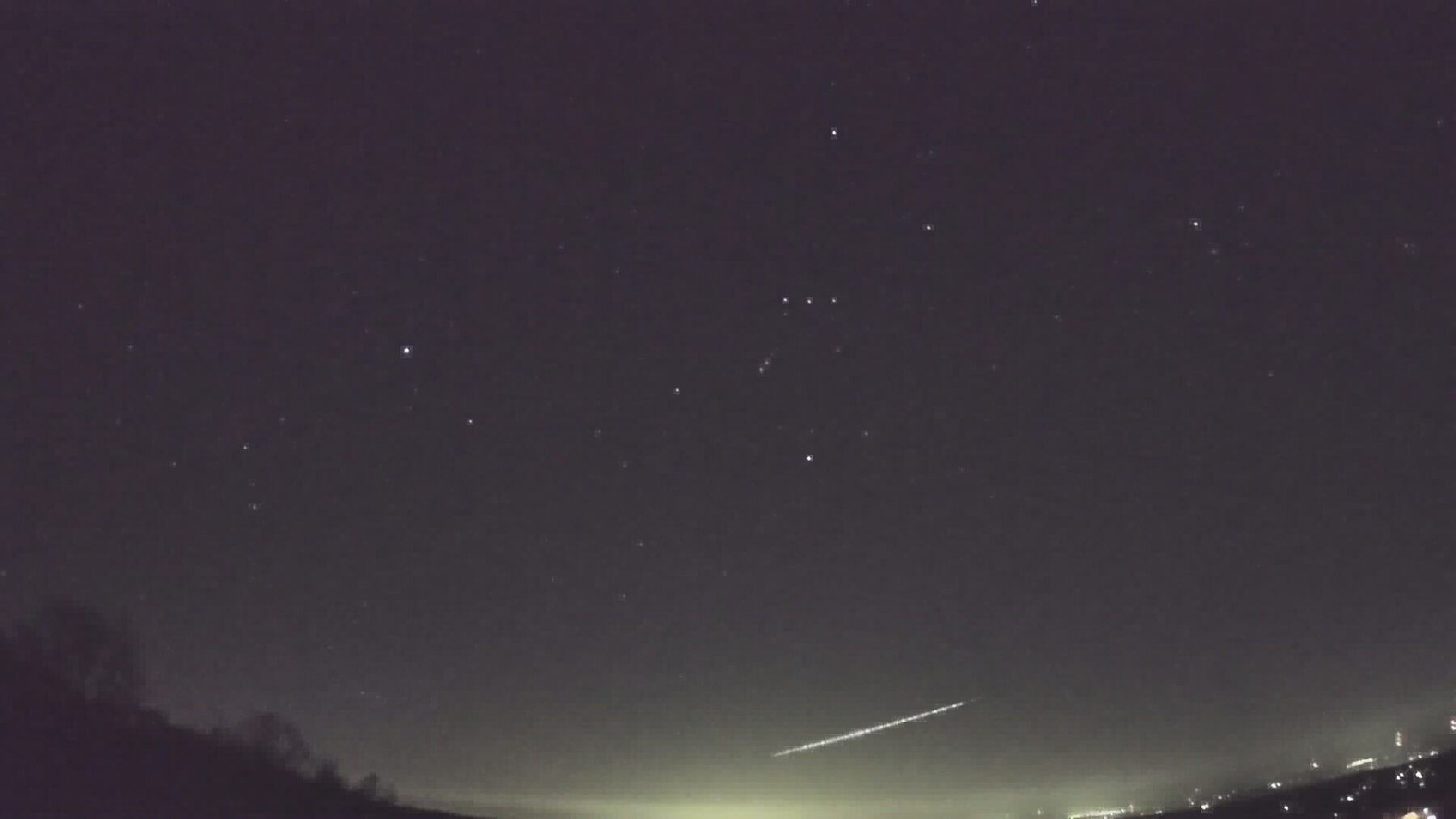
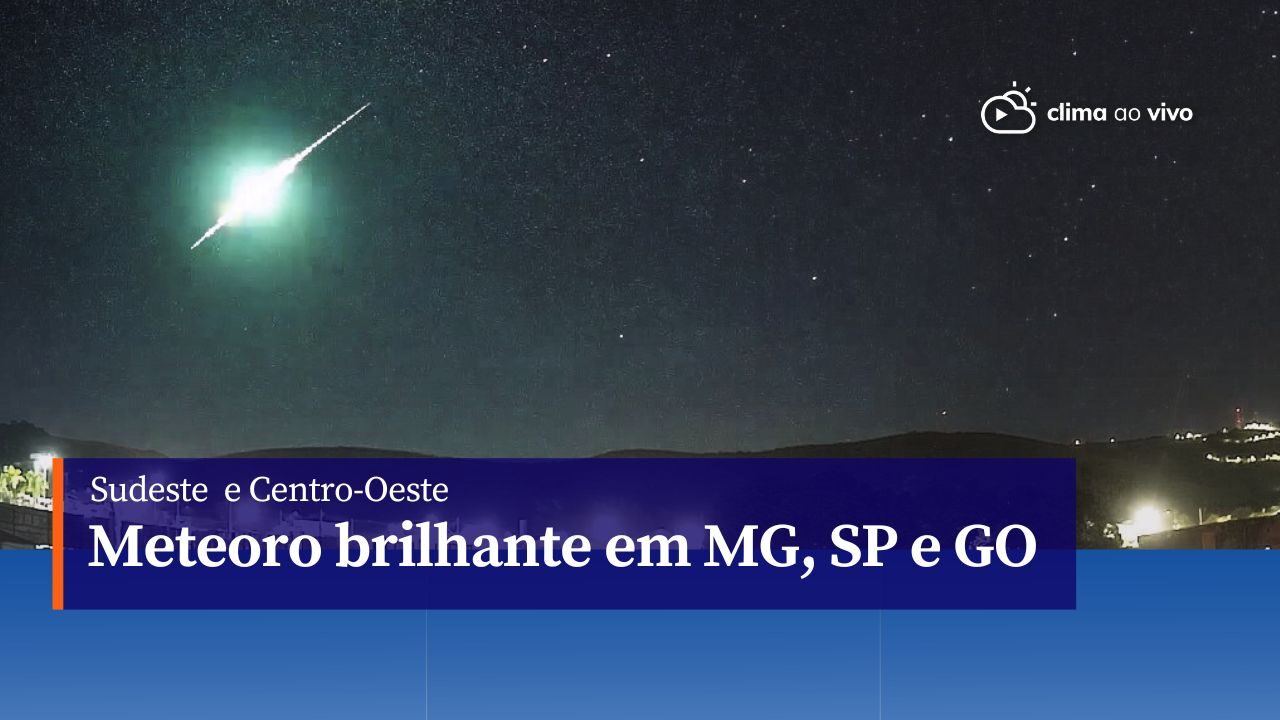
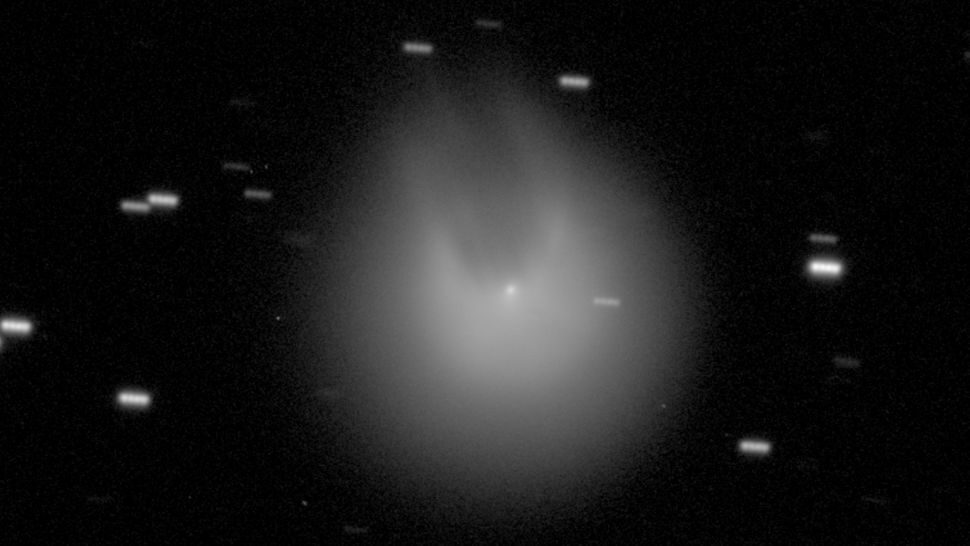



Comment: Footage of the fireball over Peru:
Over Japan: